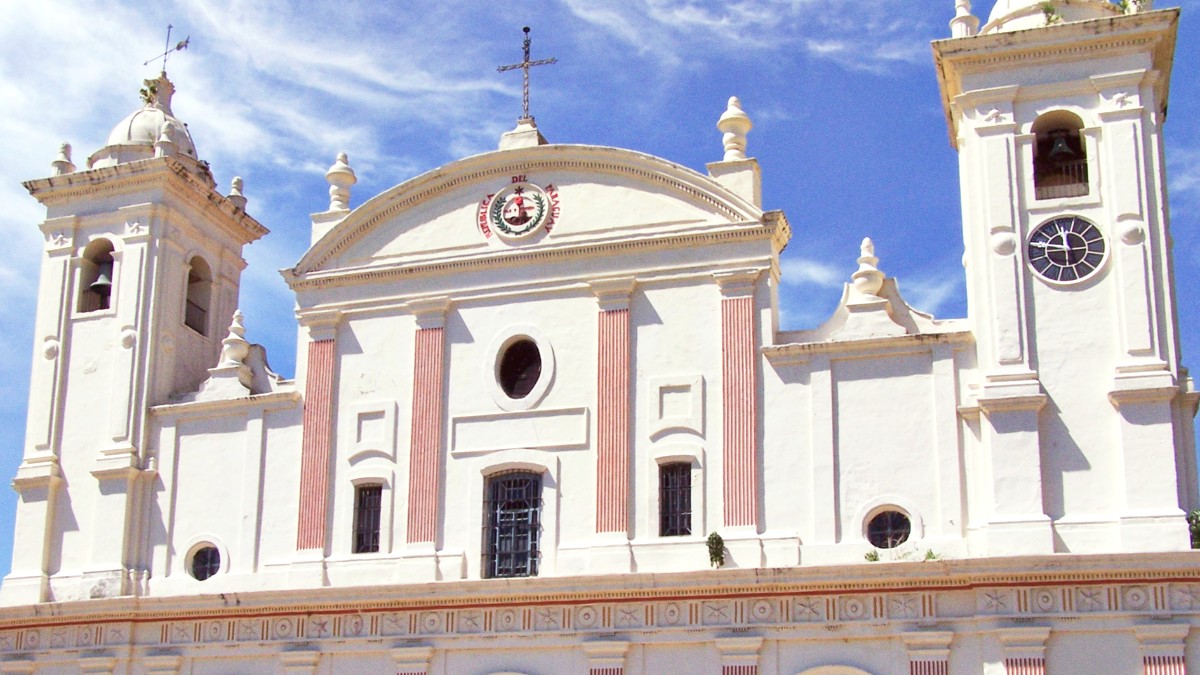
Paraguay
As you approach Asunción, the Paraguay River creates a natural boundary, giving way to a cityscape that combines colonial-era architecture with modern developments. Streets buzz with the distinctive "jopara" language, a fusion of Spanish and Guaraní, reflecting the country's bilingual identity. This guide assists your rewarding visit, offering insights into planning, exploring, and truly connecting with the spirit of Asunción. It helps uncover its hidden corners, savor its unique flavors, and experience its welcoming atmosphere.
You will find a city where history whispers from its buildings, where the aroma of grilled meat fills the air, and where the rhythmic sips of tereré, the cold mate drink, define social interaction. This guide provides information for navigating this captivating destination, making your journey both smooth and memorable.
The city’s charm unfolds slowly, inviting quiet exploration and genuine connection to its roots.
Asunción sits on the eastern bank of the Paraguay River, a broad waterway that forms a significant natural boundary for the country and a life source for the capital. Its location holds strategic importance as a port city and an unique riverine landscape shaping daily life and the city's climate. The city occupies a generally flat to gently undulating terrain, characteristic of the low-lying plains found in this part of Paraguay.
The Paraguay River, a major tributary of the Paraná River, flows northward to southward along the city's western edge. This river is not just a geographical feature; it is a working river, supporting trade, transportation, and local livelihoods. Travelers often see barges, fishing boats, and occasional tourist vessels navigating its waters. Summers are hot and humid, with high temperatures regularly climbing above 30°C (86°F) and often reaching 35°C (95°F) or more, accompanied by frequent heavy rainfall and thunderstorms. Winters, from June to August, are mild and drier, with average temperatures ranging from 15°C to 25°C (59°F to 77°F). Occasional cold fronts, known locally as "surazos," can bring brief but noticeable drops in temperature, sometimes nearing 0°C (32°F) at night.
City borders this major waterway to the west.
Humid subtropical, hot summers, mild winters.
Includes neighboring cities like Luque and San Lorenzo.
Vast semi-arid lowland across the river.
Botanical Garden and Parque Ñu Guasu. These are good for locals and visitors.
The urban sprawl of Asunción extends into a metropolitan area that includes several neighboring cities, like Luque, Fernando de la Mora, and San Lorenzo. These satellite communities form a larger urban conglomerate, contributing to the region's population density and economic activity. Beyond the immediate urban confines, the landscape transitions into agricultural plains and rolling hills, specifically to the east, contrasting with the expansive, drier Chaco region found across the river to the west. The Chaco, a vast, semi-arid lowland, has a distinct ecosystem of savannas, scrublands, and palm forests, differing significantly from the more humid environment of Asunción.
Asunción's proximity to the river means certain low-lying areas are prone to flooding during periods of exceptionally heavy rain or when the river swells. This geographical reality shapes urban planning and creates distinct riverside communities.
The city's green spaces, including the expansive Botanical Garden and Zoo and Parque Ñu Guasu, offer welcome respites from the urban environment, showing some of the region's plant life and providing recreational opportunities. These parks show local flora, which is adapted to the humid conditions.
The city's blend of urban development and natural riverside beauty creates a distinct atmosphere.
Asunción carries a deep historical weight, often earning the title "Mother of Cities" due to its foundational role in South American colonial expansion. Juan de Salazar de Espinosa established the city on August 15, 1537, a date observed as the Feast Day of the Assumption of Mary, lending the city its name. From this initial settlement, Spanish expeditions departed to establish other significant cities across the continent, including Buenos Aires, Corrientes, Santa Fe, and Concepción del Bermejo in Argentina, and Santa Cruz de la Sierra in Bolivia. This period cemented Asunción's early importance as a Spanish administrative and strategic hub.
During the colonial era, Asunción was a relatively isolated outpost, far from the main Spanish viceroyalties. Jesuit missions, while mainly located further south and east in Paraguay, also had a role in shaping the region's social and economic landscape, though their direct presence on Asunción itself was less pronounced than on the Guaraní communities. The city developed a distinct character, fostering a strong sense of local identity.
Paraguay declared independence from Spanish rule in Asunción on May 14, 1811.
The War of the Triple Alliance (1864-1870) devastated the city and nation.
The Panteón Nacional de los Héroes honors the nation's fallen heroes.
The 20th century saw Asunción gradually rebuild and modernize. The city experienced periods of economic growth and political change, including military dictatorships and transitions to democracy. Each era left its mark on the city's urban fabric and social structure.
The city offers a slower rhythm compared to other major South American metropolises.
Colonial buildings stand alongside contemporary high-rises.
Locals are known for their friendliness and willingness to help visitors.
Asunción is not a city of grand, flashy sights, but one that reveals its charm slowly.
It has an unique blend of cultures and tangible links to a past that shaped a nation.
The city offers an authentic and enriching experience for those seeking Paraguay's true essence.